What we've learned on Day 1 of the Name, Image, Likeness era

(Photo by C. Morgan Engel/Getty Images)
In sports, terms like “game-changing,” “groundbreaking” and “historic” get thrown around far too often.
But it isn’t hyperbole to say that today, July 1st, truly is historic in the history of college sports. That’s because today is the day that amateurism officially died, and we entered a whole new, historic world.
Today we entered the Name, Image and Likeness era of college sports.
While much was made of what today would bring (even I, in the early stages, thought this would be the “end of college sports as we know it” – shame on me) the reality is, we are now a few hours into the Name, Image, Likeness era, and if we’re being honest, it doesn’t feel all that different. A few athletes are on Cameo, a few others have agreed to local sponsorships and for a select few (mostly female athletes you may not know much about) there is real money to be made.
So now, a few hours into the “Name, Image, Likeness” what’s happened, and what have we learned? Here are a few things:
The most in-demand athletes are often the ones you haven’t heard of:
When talk of Name, Image, Likeness first came up, most fan’s minds immediately raced to the idea that it would turn into a free for all, where boosters would be throwing around seven figures to sign top recruits under the guise of “endorsements.” And while that one day may happen, so far that hasn’t been the case.
Nor has it been the case that the most recognizable college athletes would immediately cash in with absurd paydays. As of noon ET, Oklahoma quarterback and Heisman favorite Spencer Rattler has yet to announce any official deals. Same with Alabama quarterback Bryce Young, Clemson QB DJ Uiagalelei or Gonzaga freshman basketball star Chet Holmgren.
Instead, the real money seems to be made by those with the biggest social media followings. Who are often female. You’ve often never heard of. And are often, how do I put this delicately, well, you can probably guess.
First, there is LSU gymnast Olivia Dunne, someone I talked about on today’s Aaron Torres Podcast. While you might not be familiar with her, I spoke with a bunch of people in recent weeks who told me that she might end up as the highest grossing athlete in all of college sports in the coming year. Thanks in part to her 1.1 million Instagram followers and over three million followers on TikTok.
Well, just a couple hours into July 1, those rumors were essentially clarified by Darren Rovell.
Correction: Told it could be north of $1M. https://t.co/QnaiqUAQtU
— Darren Rovell (@darrenrovell) July 1, 2021
And in a similar vein, as best I can tell, there are just two athletes who, at this particular moment, have signed national endorsement deals. They are Fresno State twin basketball players Hanna and Haley Cavinder. Per Rovell, they have signed with Boost Mobile, as well as something called “Six Star Pro Nutrition.”
https://www.instagram.com/p/CQyG6VvBtfo/
Between them, the Cavinder twins have over 500,000 followers on Instagram and nearly 3.5 million on TikTok. So it probably isn’t a surprise that they have appeal to national brands.
As for everyone else, well it definitely appears to be “wait and see” with the big brands.
What is the going rates for marquee athletes that don’t have massive social media reach?
While it’s still a little early to tell, we may have gotten a solid indicator via Miami football. That’s because right at the stroke of midnight, we found out that Miami quarterback D’Eriq King had signed a deal with a moving company called “College Hunks.” The news was first announced via ESPN’s Jordan Schultz.
🚨Breaking🚨: @CanesFootball QB @DeriqKing_ just signed an NIL deal w/College Hunks, I’m told by Ahmmon Richards of LGNDARY Sports All Pro. The deal will net King $20k and is a massive win for one of college football’s most exciting players. This only the beginning for King. 👑
— Jordan Schultz (@Schultz_Report) July 1, 2021
The news and price tag is interesting to me for a few reasons.
One, King is a relatively well known player (maybe one of what, the 10-15 most recognizable names in college football?) and has a respectable, but not massive social media following of 23,000 followers on Twitter and another 38,800 on Instagram. So getting 20k to promote a product to what is essentially an audience of 50 or 60,000 people (since I’m sure many of his followers overlap on the two platforms) really isn’t a bad racket if you can get it.
At the same time, while $20,000 is great money, it also isn’t the hundreds of thousands or millions that some projected for elite athletes either.
Maybe the “Name, Image, Likeness” era won’t be the end of college sports as we know it, after all?
D’Eriq King is also one of several athletes who debuted their own merchandise line
Credit where it’s due, as I’m not sure there is a single athlete who put more time and thought into what the NIL era could do for them, then King. In addition to an actual endorsement deal, he also – like several athletes – debuted his own merchandise line. There you can get hats, shirts and sweatshirts ranging from $25 to $50, as well as signed footballs and helmets.
Of course, King isn’t the only one to debut his merchandise line. Kentucky basketball’s Dontaie Allen has his own gear, as does Clemson wide receiver Justyn Ross.
Wisconsin quarterback Graham Mertz has his own trademark and personal logo, and so too does Oklahoma quarterback Spencer Rattler. Although neither appear to be using them for anything just yet.
Top 10
- 1Breaking
Alabama stays hot
Tide lands another 5-star
- 2New
Big Ten Football
Preseason conference ranking
- 3Hot
Paul Finebaum
Ominous Ohio State prediction
- 4
CFB Top 25
Predicting final 2025 rankings
- 5
MLB Mock Draft
Massive Top 5 shakeup
Get the On3 Top 10 to your inbox every morning
By clicking "Subscribe to Newsletter", I agree to On3's Privacy Notice, Terms, and use of my personal information described therein.
(Admit it, Rattler’s logo is pretty damn cool)
— Spencer Rattler (@SpencerRattler) July 1, 2021
Most straight “endorsement deals” are local so far
As mentioned above, the only real national endorsement deal that we’ve seen so far came via the Cavinder twins, who between them have millions of social media followers.
On the flip side, and I kind of think this is what most of us expected, most of the endorsements that have been announced are instead, those of the local variety.
On Thursday morning, LSU star cornerback Derek Stingley Jr. (a likely Top 10 NFL Draft pick next season) announced a deal with “Walk-On’s” a popular chain of Louisiana sports bars. Trey and Bryce McGowens, two brothers who play basketball at Nebraska have a podcast that is sponsored by a local sports bar.
Can’t wait to show you what I have cooking with @walk_ons #staytuned !!! pic.twitter.com/vRLLnim4gG
— Derek Stingley Jr. (@JrStingley) July 1, 2021
Oh, and Auburn quarterback Bo Nix announced he is partnering with Alabama sweet tea company Milo’s (insert your own, “would you really want Bo Nix as your pitch man” joke here).
What was the funniest NIL deal so far?
Glad you asked. It has to be Iowa point guard Jordan Bohanon doing an autograph signing at a fireworks shop just days before Fourth of July, right?
The worlds coolest Fireworks store @IowaBoomin is excited to welcome the worlds best 3 pt shooter @JordanBo_3 tomorrow July 1st at 4:30. Come meet JBo, get his autograph, buy some fireworks & get entered into a raffle for signed Memorabilia. RED WHITE & BOOMIN!!!!!💣💥 pic.twitter.com/JgcTN5CQOr
— BOOMINIowaFireworks (@IowaBoomin) June 30, 2021
What has been the reaction of former athletes who missed out on the NIL era?
Well as you might’ve guessed, it’s a mixture of anger they missed out, but also a little bit of a humor as well.
Matt Leinart, who really might have made millions of dollars during his time at USC simply said “I want to go back to college!”
I want to go back to college! 🤷🏻♂️
— Matt Leinart (@MattLeinartQB) July 1, 2021
Johnny Manziel, who recently admitted that he did make money off his name, image and likeness by accepting $30,000 or so for autographs, had advice.
Set up a business. Create Shopify account. Design merch w/ fulfillment to ship and handle customer service. Tweet/IG directly to your fan base. Make bank bros
— Johnny Manziel (@JManziel2) July 1, 2021
With the amount of volume you’ll be doing you will not need to go order a ton of merch before hand. Put up for sale and print as each order is placed so you are not left with excess merchandise. Learned that lesson the hard way.
— Johnny Manziel (@JManziel2) July 1, 2021
And finally, JJ Redick had maybe the funniest response of all in the name, image, likeness conversation.
From 2004-2006, I would have made a bag 💰 on NIL endorsements. Sadly- I would have blown it all on Natty Light and Lacoste polos (with the collars popped, of course).
— JJ Redick (@jj_redick) July 1, 2021
Don’t you just hate it when a Duke guy is clever with a sense of humor
So, what’s next
We are quite literally in the infant stages of the Name, Image, Likeness era. But what’s more interesting than what happened on Thursday, is what could happen going forward.
We will of course get more merchandise lines and autograph signings, and in the coming weeks I expect players to run their own camps and get paid for individual lessons. Beyond that, what will be interesting to see is what happens during the season. What happens when an Immanuel Quickley emerges out of no where to be SEC Player of the Year, or Jalen Suggs hits an iconic shot in the middle of March Madness?
Those are all questions for the future.
But all we know right now is that the Name, Image, Likeness era is here.
And college sports will never be the same.
For more conversation on the “Name, Image, Likeness” era and the biggest questions on July 1, listen to today’s Aaron Torres Podcast, by clicking here or listening below
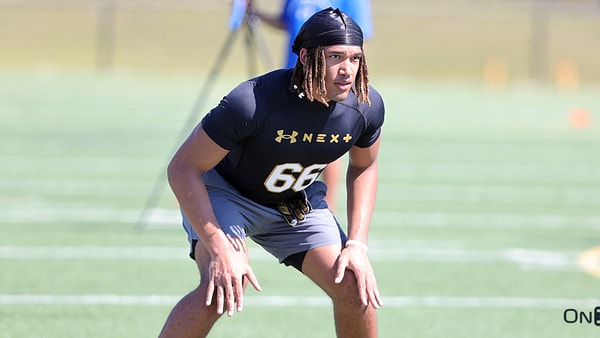
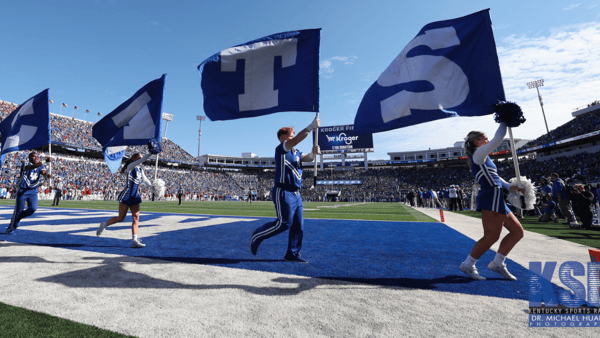
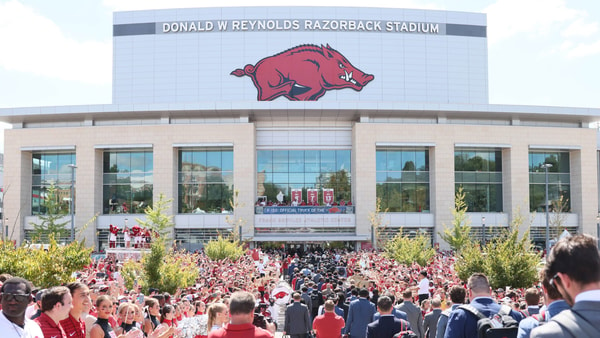
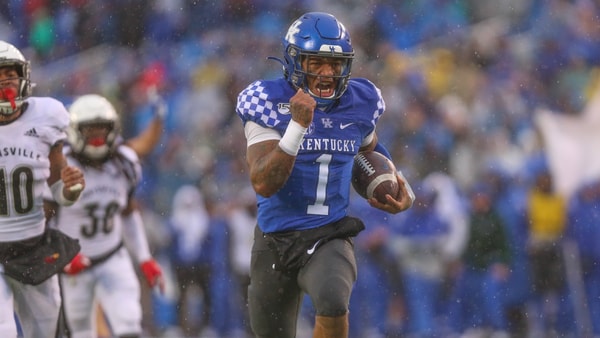
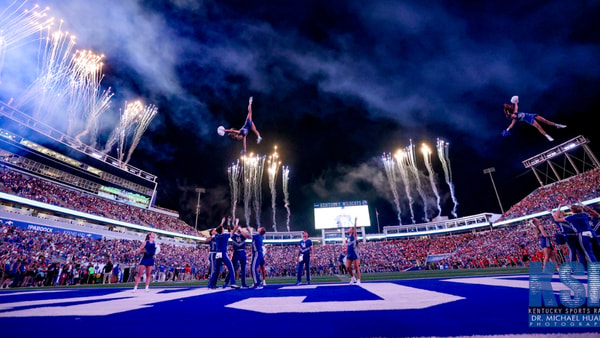

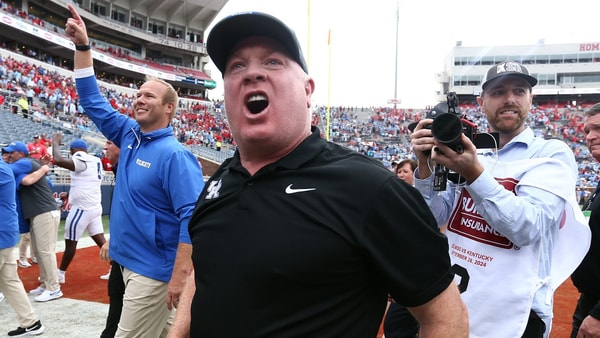
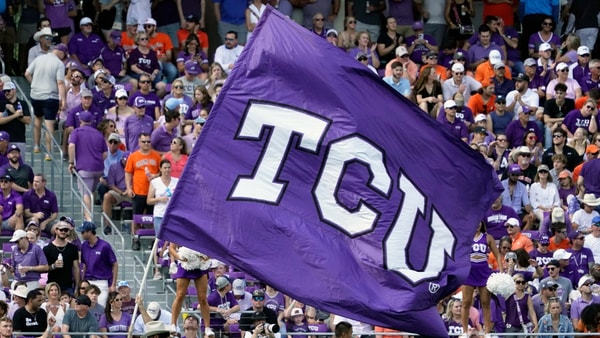
Discuss This Article
Comments have moved.
Join the conversation and talk about this article and all things Kentucky Sports in the new KSR Message Board.
KSBoard